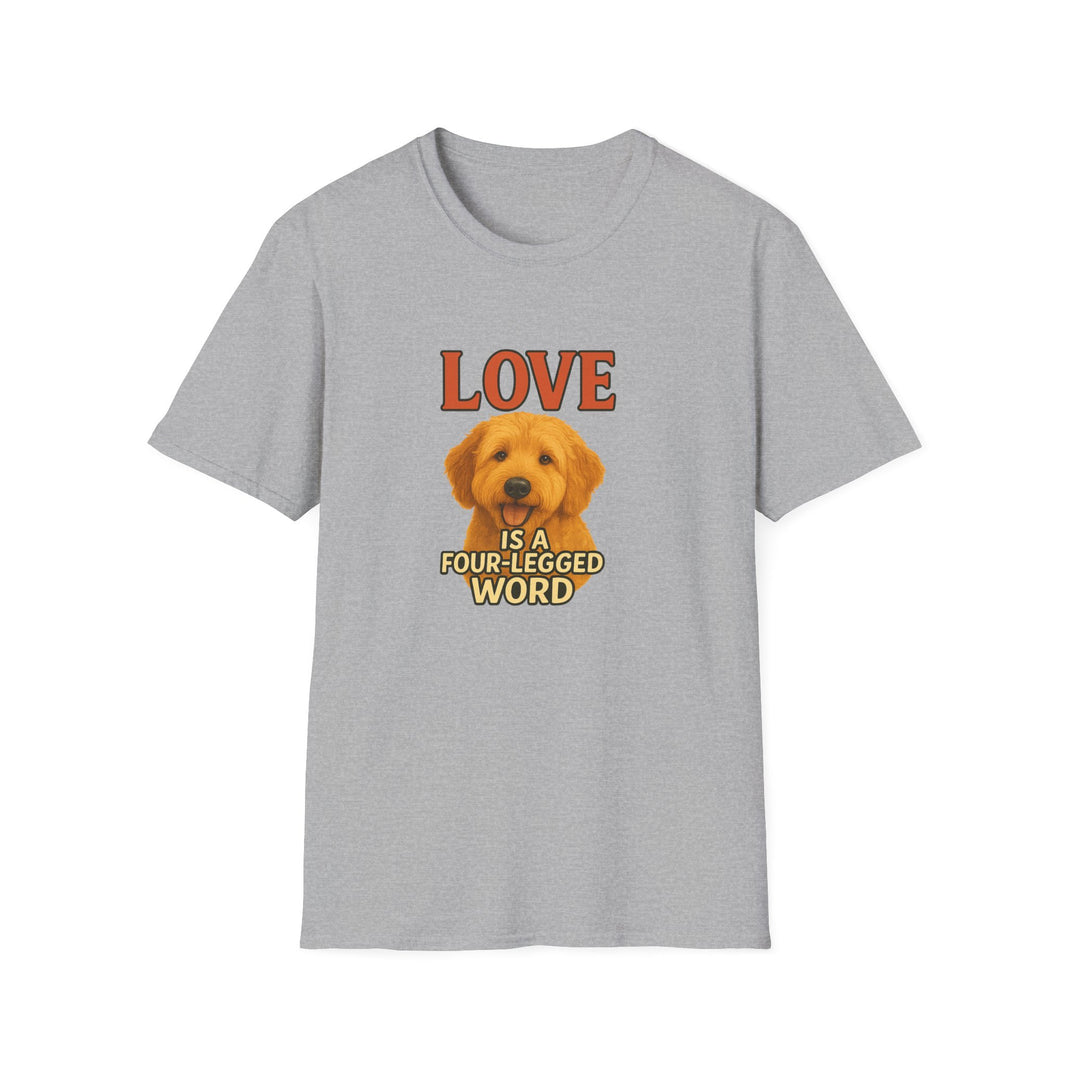Your One-Stop Shop for Everyday Essentials & Unique Finds
How to Stay Warm in Cold Weather Outside: Essential Tips for Winter Survival
When the cold months hit, stepping outside can feel like a challenge. Whether you're heading out for a winter hike, going skiing, or just need to shovel the driveway, staying warm is key to enjoying the season. It's not just about piling on clothes—it's about smart strategies that keep you comfortable and safe. This guide will walk you through some simple, effective ways to keep the chill at bay when you're outside.
Key Takeaways
- Layering is essential: Start with a good base layer, add insulation, and finish with a weatherproof shell.
- Keep moving: Activity generates heat, so don't stay still for too long in the cold.
- Fuel up: Eating high-energy foods and staying hydrated helps maintain your body heat.
- Choose the right gear: Quality footwear, mittens, and a warm hat can make all the difference.
- Plan ahead: Check forecasts and have a backup plan for unexpected weather changes.
Layer Up for Maximum Warmth
Staying warm in the cold starts with mastering the art of layering. It’s not just about piling on clothes but choosing the right combination to keep you cozy and dry. Let’s break down how to layer like a pro.
Choose the Right Base Layer
Your base layer is like your second skin. It’s there to wick away moisture and keep you dry. Moisture management is key because being damp in cold weather can make you feel colder. Look for materials like merino wool or synthetic fabrics that dry quickly. Cotton? Leave it at home—it holds moisture and can chill you to the bone.
Add Insulating Layers
Next up, the insulating layer. This is your warmth provider, trapping body heat like a cozy cocoon. Fleece, down, or synthetic materials are great choices. You want something that’s warm but not bulky, so you can move freely. Think of it as your personal heat amplifier.
Top It Off with a Weatherproof Shell
Finally, seal the deal with a weatherproof shell. This outer layer shields you from wind, rain, and snow. A good shell is both waterproof and breathable, keeping the elements out while letting moisture escape from within. It’s your first line of defense against whatever winter throws your way.
Layering is about balance—keeping warm without overheating. Adjust your layers as needed to stay comfortable and dry.
For more tips on staying warm during winter outdoor activities, check out our essential guide.
Stay Active to Generate Heat
Staying warm in the winter isn't just about what you wear—it's also about keeping your body moving. Here are some tips to help you generate heat through activity:
Keep Moving to Stay Warm
When the temperature drops, one of the best ways to stay warm is to keep moving. Whether you're hiking, skiing, or just walking around, motion helps your body generate heat. If you start to feel cold, pick up the pace a bit. This will increase your circulation and help warm up your extremities. Remember, your clothes can only trap the heat your body produces, so don't rely solely on them.
Take Short Breaks
While it's important to stay active, taking breaks is just as crucial. However, make sure these breaks are short—just long enough to catch your breath and have a sip of water. Sitting still for too long can cause your body temperature to drop quickly. If you stop for a break, it's a good idea to put on an extra layer to prevent cooling off too much.
Watch for Signs of Cold in Others
When you're out with a group, keep an eye on your companions, especially children, as they can get cold faster. Look for signs like shivering or a change in skin color. If someone seems cold, encourage them to move around more or lead the group for a while. This way, everyone stays warm and safe.
Staying active is key to enjoying the winter weather. Keep the blood pumping, take short breaks, and watch out for each other—these simple steps can make all the difference in staying warm and having fun outside.
For more tips on staying warm while being active in the cold, consider Dr. Castellani's research on the benefits of wearing a balaclava and goggles during winter workouts. These items can help maintain warmth and comfort, enhancing your outdoor experience.
Fuel Your Body for the Cold
Eat High-Energy Foods
When the temperature drops, your body works overtime to keep you warm. Eating high-energy foods is key to fueling this internal furnace. Think of snacks like nuts, cheese, and chocolate—these high-fat options provide slow-burning energy to keep you going. If you're out for a long day, pack some energy bars that are loaded with protein and calories. Keep these snacks within easy reach so you can munch on them without having to take off your gloves.
Stay Hydrated
In the cold, it's easy to forget about drinking water because you're not sweating buckets. But staying hydrated is just as important in winter as it is in summer. Cold air is dry, which can dehydrate you faster than you'd think. Carry a thermos with a hot drink to sip on throughout the day. Add a bit of sugar for a quick energy boost or a small pat of butter for extra flavor and fat.
Carry Snacks for Quick Energy
Always have a stash of quick-energy snacks on hand. These can be lifesavers when you're feeling a chill creeping in. A sudden drop in energy might mean your body needs a quick refuel. Granola bars, trail mix, or even a simple PB&J sandwich can do the trick. Keep them in your pocket or somewhere accessible so you're not digging through your pack when hunger strikes.
Remember, keeping your energy up and staying hydrated are just as crucial as wearing the right layers. Your body's fuel is what keeps you warm and moving, so don't skimp on it when you're out in the cold.
Smart Gear Choices for Winter
Invest in Quality Footwear
When it comes to winter, your feet deserve the VIP treatment. A great pair of boots is non-negotiable. Look for ones that are insulated and waterproof to keep your feet dry and warm. Consider materials like Gore-Tex for the outer layer and Thinsulate for insulation. Pair these with wool socks, which are fantastic for moisture-wicking and warmth. Remember, cold toes can ruin a day outside faster than you can say "frostbite."
Use Mittens Instead of Gloves
When the temperature really drops, mittens are your best friends. Unlike gloves, mittens allow your fingers to share warmth. They create a mini "oven" for your hands, which is way more efficient at keeping them warm. If you need dexterity, try a pair with a removable liner. This way, you can whip out your fingers for those quick tasks without exposing your skin to the cold.
Don't Forget a Warm Hat
A warm hat is like a hug for your head. It’s a simple yet effective way to conserve body heat. Opt for hats made from wool or fleece, as they provide excellent insulation. If you're planning to be active, consider a breathable option to prevent overheating. And remember, heat escapes from your head, so keeping it covered can make a big difference in staying warm.
A smart choice in winter gear can be the difference between a fun day in the snow and a miserable, cold experience. It's all about keeping your body warm and dry, so you can focus on enjoying the season!
Create a Cozy Outdoor Environment

Build a Fire Safely
Starting a fire can be a game-changer when you're out in the cold. Gather dry wood and kindling, and make sure you have a reliable way to spark it up, like waterproof matches or a lighter. Always build your fire on a clear patch of ground, away from overhanging branches or anything flammable. Keep a bucket of water or snow nearby to douse the fire completely when you're done.
Use Natural Windbreaks
Finding a spot shielded from the wind can make a huge difference in how warm you feel. Look for natural barriers like rocks, trees, or even the side of a hill. These can block the wind and help trap heat around your campsite. Setting up your tent or seating area in these spots can keep the chill at bay.
Find Sunny Spots for Breaks
When the sun's out, it can provide a surprising amount of warmth, even in winter. Take advantage of sunny patches for breaks or meals. Not only will this help you warm up, but it can also be a great morale booster. Plus, soaking up some rays is a nice way to recharge your energy levels.
Prepare for Emergencies
When you're out in the cold, being ready for anything is key. Winter can be unpredictable, so having a plan can make all the difference.
Pack a Winter Survival Kit
First things first, you need a solid winter survival kit. This isn't just about having a few snacks and a flashlight. Think bigger. Your kit should include:
- A flashlight with extra batteries
- Enough water to last a couple of days
- Canned or non-perishable food
- Essential medications
- A basic first aid kit
- Materials for starting a fire: lighters, matches, and tinder
- A small fire extinguisher
- A fully charged portable phone charger
Having these items on hand could really save your skin if you find yourself stuck in a snowstorm.
Know the Signs of Hypothermia
Hypothermia can sneak up on you, especially if you're not used to the cold. It happens when your body loses heat faster than it can produce it. Watch out for these symptoms:
- Shivering that's uncontrollable
- Slurred speech or mumbling
- Slow, shallow breathing
- Weak pulse
- Clumsiness or lack of coordination
If you or someone else is showing these signs, it's time to act. Get to a warm place, remove any wet clothing, and wrap up in blankets or whatever you have handy.
Have a Plan for Unexpected Situations
Even the best-laid plans can go awry, so it's important to have a backup. Stay calm and think clearly to handle emergencies effectively. This means knowing where the nearest shelter is, having emergency contacts saved in your phone, and always letting someone know your plans before you head out.
In freezing weather, it's crucial to stay calm and think clearly to handle emergencies effectively. Conserve energy and resources by avoiding unnecessary movements and actions. Prioritize safety and make informed decisions to navigate challenging situations.
By preparing for the unexpected, you can enjoy your winter adventures with peace of mind.
Dress Smartly for Outdoor Adventures
Wear a Neck Gaiter
When you're out in the cold, a neck gaiter is a real game-changer. It keeps that icy wind from sneaking down your jacket and gives you an extra layer of warmth. Plus, it's super versatile! You can pull it up over your nose when the wind bites or tuck it under your chin when you're warming up. A neck gaiter is a must-have for any winter adventure.
Choose Breathable Fabrics
Layering is key, but the fabric you choose can make or break your comfort. Go for breathable materials that let sweat escape. Merino wool and synthetic blends are great because they wick moisture away from your skin. This way, you stay dry and warm, even when you're working up a sweat climbing that hill.
Pre-Warm Your Gear
Ever put on cold boots or gloves? Not fun, right? Pre-warming your gear can save you from that chilly shock. Before heading out, keep your gloves and boots by a heater or in a warm spot. This little trick keeps your fingers and toes toasty from the get-go. Trust me, a bit of warmth goes a long way in the cold.
Plan Ahead for Winter Conditions
Check Weather Forecasts
Before you even think about heading out, have a look at the weather forecast. It's not just about knowing whether to pack an umbrella or not. Understanding the weather can make or break your outdoor plans. If there's a storm warning, maybe reschedule your adventure or make sure you're super prepared. Weather forecasts can tell you if you'll face strong winds, heavy snowfall, or just a chilly day. This info helps you decide what gear to bring and whether it's safe to go out at all.
Inform Others of Your Plans
Letting someone know where you're going and when you plan to be back is just smart. If something goes wrong, they'll know where to start looking. Plus, it's reassuring for them to know you're safe. This is especially important if you're heading somewhere remote or if the weather's looking a bit dicey. A quick text or a note left behind can make all the difference.
Have a Backup Plan
Things don't always go as planned, especially when Mother Nature is involved. Have a plan B ready. Maybe that means picking an alternative route or having an indoor activity lined up if the weather turns nasty. It's always good to have options so you can roll with whatever comes your way. Being flexible and prepared ensures you still have fun, even if your original plan doesn't work out.
Planning ahead isn't just about avoiding trouble; it's about making sure you have the best time possible, no matter what winter throws at you. So, get your gear ready, check the forecast, and make sure someone knows where you're headed. Enjoy the season and stay safe out there!
Wrapping Up: Stay Toasty Out There!
So there you have it, folks! Staying warm in the winter isn't rocket science, but it does take a bit of planning and the right gear. Whether you're braving the cold for a hike, a ski trip, or just a stroll around the block, remember to layer up, keep moving, and don't forget those snacks and hot drinks. It's all about keeping that body heat in and the chill out. And hey, if you have any tips or stories about your own winter adventures, drop them in the comments. We'd love to hear from you. Stay warm and enjoy the snowy season!
Frequently Asked Questions
Why is layering important for staying warm?
Layering helps trap body heat and provides flexibility to adjust to changing temperatures by adding or removing layers.
What should I do if I start feeling too cold outside?
Keep moving to generate body heat, find shelter from the wind, and add more layers to stay warm.
How can I prevent frostbite on my fingers and toes?
Wear insulated gloves and boots, keep moving, and use hand warmers if necessary to maintain warmth in your extremities.
What foods are best for keeping energy levels up in the cold?
High-energy foods like nuts, chocolate, and cheese provide long-lasting fuel to keep your body warm.
Why is it important to stay hydrated in cold weather?
Staying hydrated helps maintain your body’s ability to generate heat and keeps you energized.
How can I make sure I'm prepared for winter emergencies?
Pack a winter survival kit with essentials like a flashlight, water, food, and a first aid kit, and always check weather forecasts before heading out.













Leave a comment